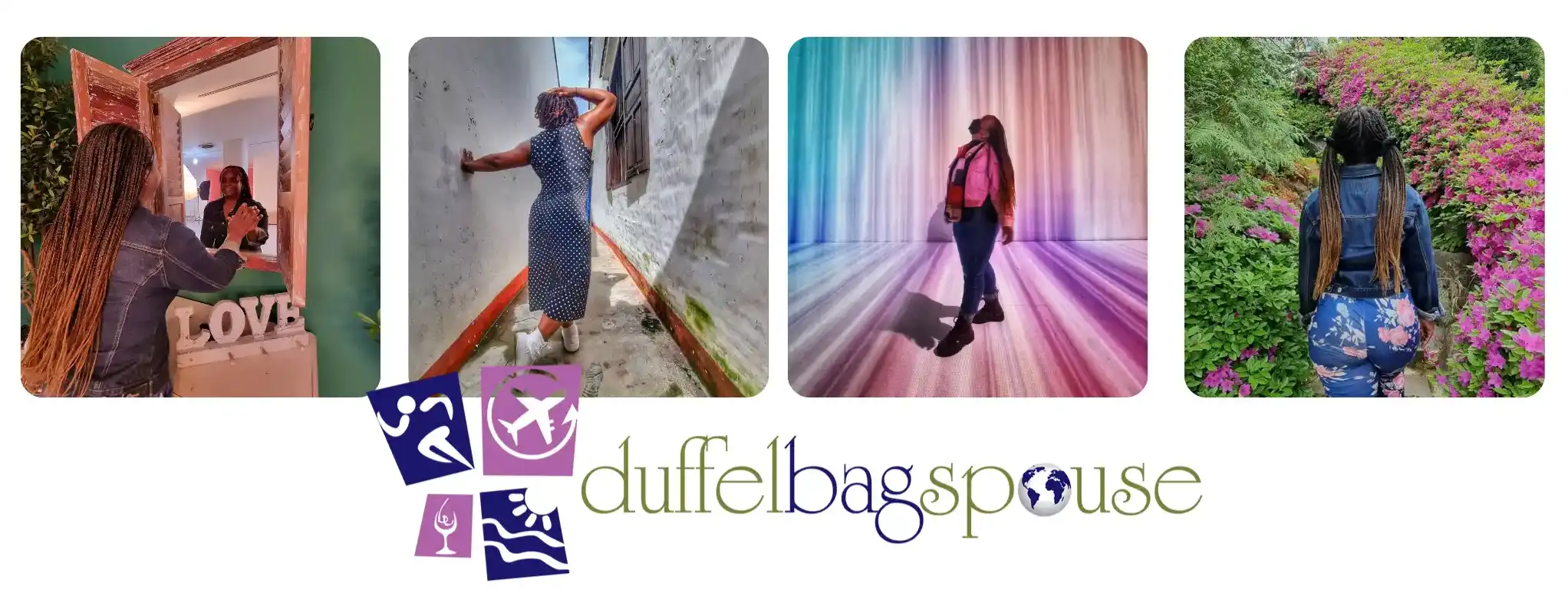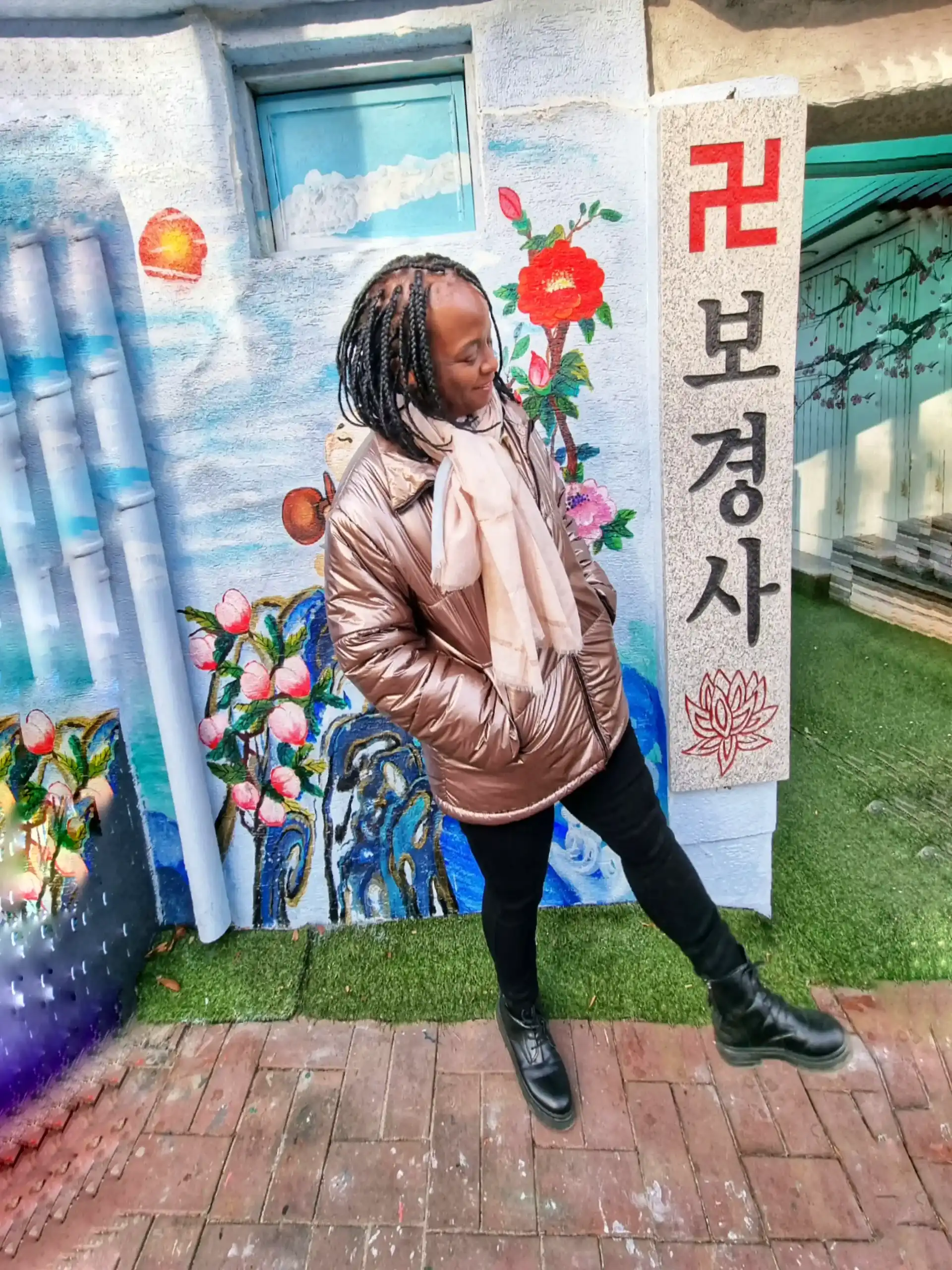|
Getting your Trinity Audio player ready...
|
They don’t warn you about the stillness. Or the way your body will resist every expectation of what it means to be at peace. When I signed up for a Korean temple stay, I knew it wouldn’t be easy. I just didn’t think it would be painful either. Waking up at 3 a.m., meditating in silence, eating in complete mindfulness—I expected a challenge. What I didn’t expect was how much my body would fight me every step of the way. They also don’t warn you about the floors. While my mind raced in every direction, the floor remained what it was—hard, still, and unmoved.
Table of Contents
- Why I Decided to Do a Korean Temple Stay
- Sitting Still Shouldn’t Hurt This Much
- Sleeping on the Floor
- Graceful Rising Is a Myth
- The Slowest Hiker on the Mountain
- Uncomfortable, But Still Moving

Why I Decided to Do a Korean Temple Stay
I signed up for the Korean temple stay because I needed a reset. Not the spa kind. It’s not a vacation with wine and ocean views. I needed silence—the kind that can make you uncomfortable. I had reached a point where everything felt loud. My phone, the news, my own thoughts. Honestly, I was worn down, carrying physical and invisible weight. I tried journaling, long walks, breathing apps—but none of it lasted.
I wanted to be still long enough to hear myself again. To listen without distraction. I wanted to learn what my body had been trying to say through the tightness in my back, the fatigue in my legs, and the restlessness in my spirit.
I knew it wouldn’t be easy. But I thought it would feel… peaceful. It didn’t. I came to find quiet in my mind, but my body refused to be ignored.
Sitting Still Shouldn’t Hurt This Much
This is really embarrassing. The easiest thing I did was hand over my phone. My Korean temple stay became a contest between my knees, ankles, and hips and my ability to ignore them. No YouTube videos. No Triple Match or Block Blast. There were no distractions: just me, my body, and the silence for the next 48 hours.
The meditation hall was quiet, filled with the soft rustle of robes and the steady clap of barefeet and sounds of deep, practiced breathing. The monk motioned for us to sit cross-legged on thin cushions. Everyone folded into position effortlessly.
I started to rise, but then I hesitated. Why? Because I could already feel the tension in my knees. I hovered above the floor for what seemed a lot longer than it was, not knowing if I could lower myself or plop to the floor. I ended up taking one knee and rolling myself to the floor. And I hadn’t been there a minute before I thought about how I was going to get up later.
I tried to ignore those thoughts until the moment I tried to cross my legs fully, my hips screamed, my lower back clenched, and a sharp pulse of pain shot through my ankles. I adjusted, pretending I meant to sit this way all along.
Ten minutes in, my foot started to tingle. At twenty, it was completely numb. By the half-hour mark, I had lost feeling from the knee down. I glanced around. Everyone else looked serene, eyes closed, bodies still. Was I the only one fighting for my life?
I shifted again, unfolding one leg, then the other, pretending it was intentional—like I was moving into some deeper stage of enlightenment instead of just trying to keep my circulation intact.

Sleeping on the Floor
Sleeping on the floor sounds romantic in theory—a return to simplicity, a break from modern comforts. That’s exactly what I expected when I checked into the traditional hanok before my stay at the Korean temple. The wooden beams, paper doors, and soft glow of lantern light felt like stepping into history.
In reality, it was my personal wrestling match with gravity. The thin futon on the wooden floor offers little in the way of support. I started on my side, knees curled, but my hip bone immediately protests. I rolled onto my back, only to feel my lower spine press into the unyielding surface. Stomach sleeping? Not a chance.
I try folding the blanket under me for extra padding. It flattened instantly. I shift, adjust, wiggle—nothing works. By morning, I feel like I’ve been in a street fight. Every pressure point is awake and screaming.
And then, I have to get up and sit cross-legged, or what passed for, cross-legged.
Graceful Rising Is a Myth
The 3 a.m. wake-up call during my Korean temple stay wasn’t the hardest part—getting up from the floor was its own grueling ritual. My roommates—some younger, some seemingly immune to floor-related suffering—stand with ease, gliding into their temple robes.
I, on the other hand, have to strategize. I roll onto my side, push up with one arm, swing a leg forward, then pause. My knee locks, my ankle crackles, and for a moment, I consider staying low and crawling on the floor.
When I finally make it upright, my back protests, my hips groan, and I shuffle toward the meditation hall like an old hinge in desperate need of oil.

The Slowest Hiker on the Mountain
The temple is perched on a mountainside, which means stairs. Endless stairs.
On the temple’s hiking meditation walk, the group moves swiftly up the stone path, breathing in the crisp morning air. Meanwhile, I trail behind, legs burning, heart pounding, trying not to sound like I need medical assistance.
At one point, a monk pauses to wait for me. He doesn’t speak—just gives a slow, patient nod. I nod back, pretending I’m not gulping for air. He resumes walking. I resume struggling.
Each step reminds me of my body’s weight, of every plane seatbelt that has needed an extender, every too-small chair I have squeezed into, and every tour group where I have instinctively placed myself at the back.

Uncomfortable, But Still Moving
No part of the temple stay was designed for comfort. That was the point. The hard floors. The early hours. The stillness. It was all meant to strip away distractions, to force me to sit with myself, to accept what is instead of fighting against it.
I didn’t leave the temple enlightened. I left with sore knees, an aching back, and a new awareness of every muscle in my body.
But I also left knowing this—I did it.
I sat. I walked. Then I climbed. I didn’t quit, even when my body begged me to. The discomfort didn’t stop me and I survived. But I probably won’t do it ever again.
Like it. Pin it.

Discover more from Duffel Bag Spouse Travels
Subscribe to get the latest posts sent to your email.


Yes, thank you for your honesty! I’m currently working on fitness to help me learn how to get down, up and sit on the floor in anticipation of a fall trip to South Korea. I’m not planning on a Temple stay but I want to be able to at least have tea :). I’m in awe that you did it!
Thank you fir taking tge time to comment, Stacey. When are you going? Are you planning to visit other cities besides Seoul? If so, I have some ideas to add to your itinerary. I lived in South Korea for many years, and I love it.
Thank you for sharing the raw honesty of your journey. Trust me, even when one looks at peace, there is an inner struggle. You were not alone in any way. And yay you for DOING it! ALL OF IT!!!
Hi Lisa. Thank you for noticing. I am trying to be more honest in my writing. I don’t think holding back helps me or the reader.